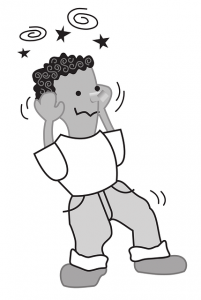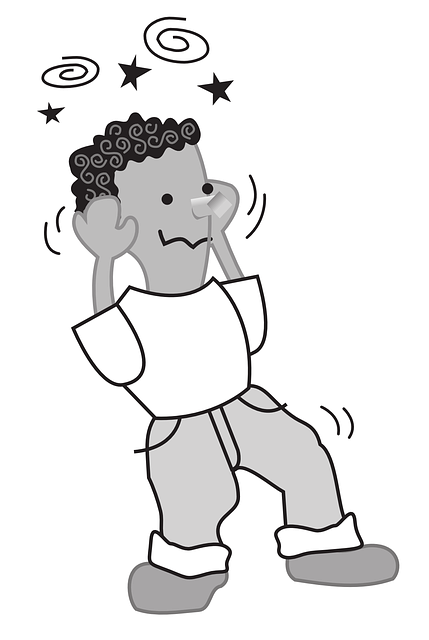Today we discuss Anemia Causes Types Symptoms Diet Diagnosis Treatment here in this article. Anemia is the condition in which the oxygen carrying capacity of blood is reduced. In the anemia the total number of RBCs decreases so indirectly decreases the oxygen level so decrease the production of ATP and energy.
Causes of Anemia:
The main causes of anemia are:
1. Blood loss
2. Lack of red blood cell production
3. High rates of red blood cell destruction
Blood Loss
Blood loss is the most common cause of anemia, especially iron-deficiency anemia.
Blood loss can be short term or persist over time.
Heavy menstrual periods or bleeding in the digestive or urinary tract can cause blood loss. Surgery, trauma, or cancer also can cause blood loss.
If a lot of blood is lost, the body may lose enough red blood cells to cause anemia.
Lack of Red Blood Cell Production
Both acquired and inherited conditions and factors can prevent your body from making enough red blood cells. “Acquired” means you aren’t born with the condition, but you develop it. “Inherited” means your parents passed the gene for the condition on to you.
Acquired conditions and factors that can lead to anemia include poor diet, abnormal hormone levels, some chronic (ongoing) diseases, and pregnancy.
Aplastic anemia also can prevent your body from making enough red blood cells. This condition can be acquired or inherited.
Diet
A diet that lacks iron, folic acid (folate), or vitamin B12 can prevent your body from making enough red blood cells. Your body also needs small amounts of vitamin C, riboflavin, and copper to make red blood cells.
Conditions that make it hard for your body to absorb nutrients also can prevent your body from making enough red blood cells.
Hormones
Our body needs the hormone erythropoietin (eh-rith-ro-POY-eh-tin) to make red blood cells. This hormone stimulates the bone marrow to make these cells. A low level of this
hormone can lead to anemia.
-
SIGNS & SYMPTOMS of ANEMIA:
Common symptoms of anemia:
• fatigue
• light
headedness
• decreased energy
• palpitations (feeling of the heart wearing or beating irregularly and
• shortness of breath
• looking
Symptoms of severe anemia may include:
• chest pain angina or
• fainting
• dizziness
• rapid heart rate.
-
Anemia Causes| Types | Symptoms | Diet | Diagnosis || Treatment
- Some of the signs that may indicate anemia in an individual may include:
• Change in stool color including black and tarry stools (sticky and foul smelling), maroon-colored, or visibly bloody stools if the anemia is due to blood loss through the gastrointestinal tract;
• rapid heart rate;
• low blood pressure
• rapid breathing;
• pale or skin;
• yellow skin called jaundice is due to red blood cell breakdown;
• heart murmur;
• enlargement of the spleen with certain causes of anemia.

TYPES OF ANEMIA:
CLASSIFIED ACCORDING TO THE SIZE OF THE RED BLOOD CELLS:
a) Microcytic anemia:
If the red blood cells are smaller than normal, this is called microcytic anemia. The major causes of this type are iron deficiency (low level iron) anemia and thalassemia (inherited disorders of hemoglobin).
b) Normocytic anemia
If the red blood cells size are normal in size (but low in number), this is called normocytic anemia, such as anemia that accompanies chronic disease or anemia related to kidney disease.
c) Macrocytic anemia
If red blood cells are larger than normal, then it is called macrocytic anemia. Major causes of this type are pernicious anemia and anemia related to alcoholism.

